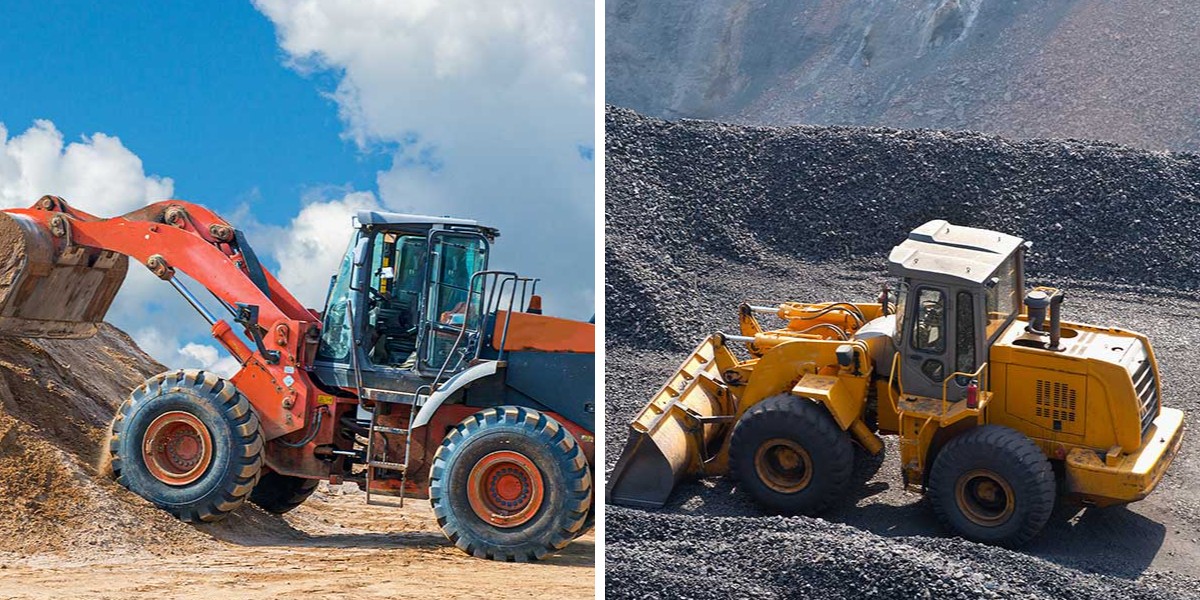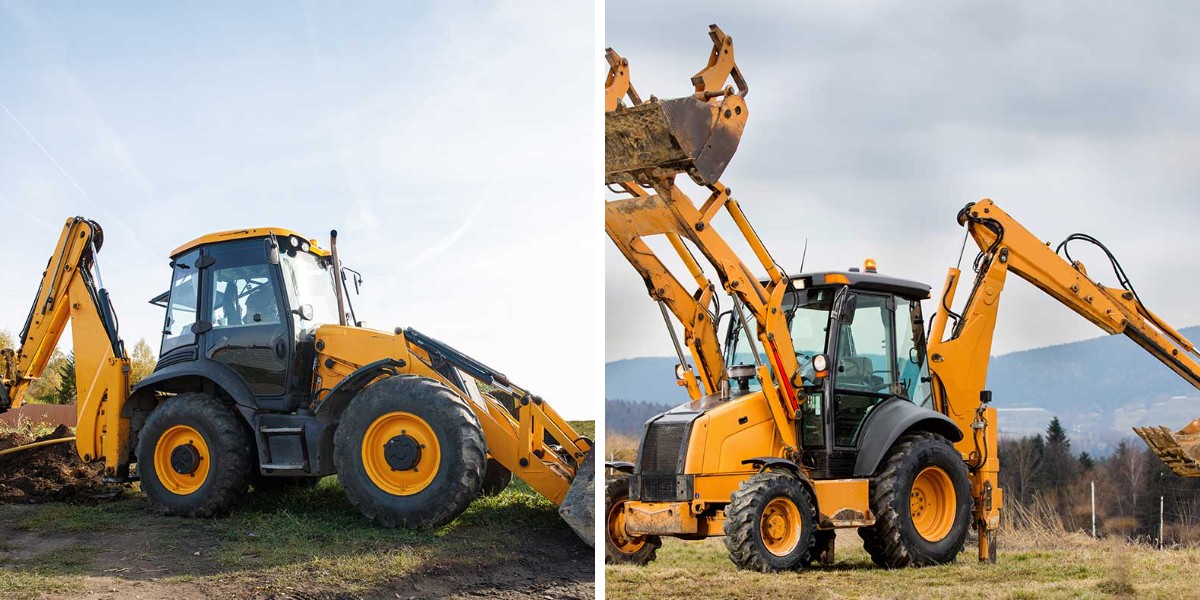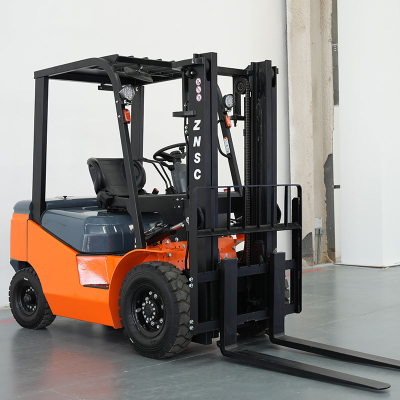Wheel Loaders VS. Backhoe Loaders: Core Differences And The Smart Choice
On a busy construction or material handling site, choosing the right earthmoving equipment is crucial to project efficiency and cost control. Wheel loaders and backhoe loaders are two major workhorses, but their core differences often confuse decision makers. This article will delve into the differences between the two to help you accurately select the most suitable equipment.
Wheel Loader vs. Backhoe Loader: Specialized vs. Versatile
Wheel Loaders
Designed for efficient loading and hauling. Their core design revolves around a large bucket at the front. Their powerful hydraulic system, high ground clearance, and excellent maneuverability (typically with four-wheel drive) make them highly efficient in loading, stacking, and transferring loose materials such as sand, soil, gravel, and coal. Their excellent visibility is one of their key advantages.
Backhoe Loaders
The all-round king of construction sites. They combine the functions of a loader (a front-end bucket) and an excavator (an excavator arm and bucket at the rear) into a single machine. This unique design allows for quick switching between loading and excavating tasks, providing unparalleled versatility, especially suitable for sites with limited space.
Wheel Loader vs. Backhoe Loader Core Functions and Optimal Application Scenarios
Features | ||
Main Functions | Front-end loading, handling, stacking, and lightweight dozing | Front-end loading + rear-end excavation, trenching, crushing (with attachments), and backfilling |
Best Applications | Quarries, mines, large-scale earthmoving projects, material handling centers, port terminals, and snow removal | Utility projects (water, electricity, and gas), residential construction, small-scale earthmoving, road maintenance, landscaping, and farm operations |
Efficiency (Task-Specific) | Very High (when loading/handling bulk materials continuously) | Moderate (versatility at the expense of extreme speed for a single task) |
Digging Capacity | Limited (shallow surface material only) | Powerful (dedicated rear-mounted digging arm, far superior depth and accuracy) |
Maneuverability | Excellent (designed for quick maneuvering and steering in rough terrain) | Good (although the increased length of the rear digging arm results in a larger turning radius) |
Workspace Requirements | Requires a large area for maneuvering and turning | Higher adaptability, allowing for operation in relatively small or confined spaces |
How to make the right choice? Key decision factors
Backhoe loaders
Limited space, diverse tasks requiring frequent switching between digging (especially deep trenches), loading, and backfilling
Wheel Loaders
Large, open areas for continuous, high-volume loading/moving of materials
Conclusion: Matching needs is key
There's no such thing as "better," only "more suitable":
Looking for large-scale, efficient loading and material handling? Choose a loader; it's synonymous with productivity.
Tackling small or medium-sized projects with diverse tasks, limited space, and frequent excavation? A backhoe loader, with its irreplaceable versatility and flexibility, is the ideal partner.
Evaluate your project list and identify the primary tasks and site conditions for the next 6-12 months. Contact our professional loader suppliers to obtain specific model performance specifications and local support information. A wise investment begins with a thorough needs analysis.







